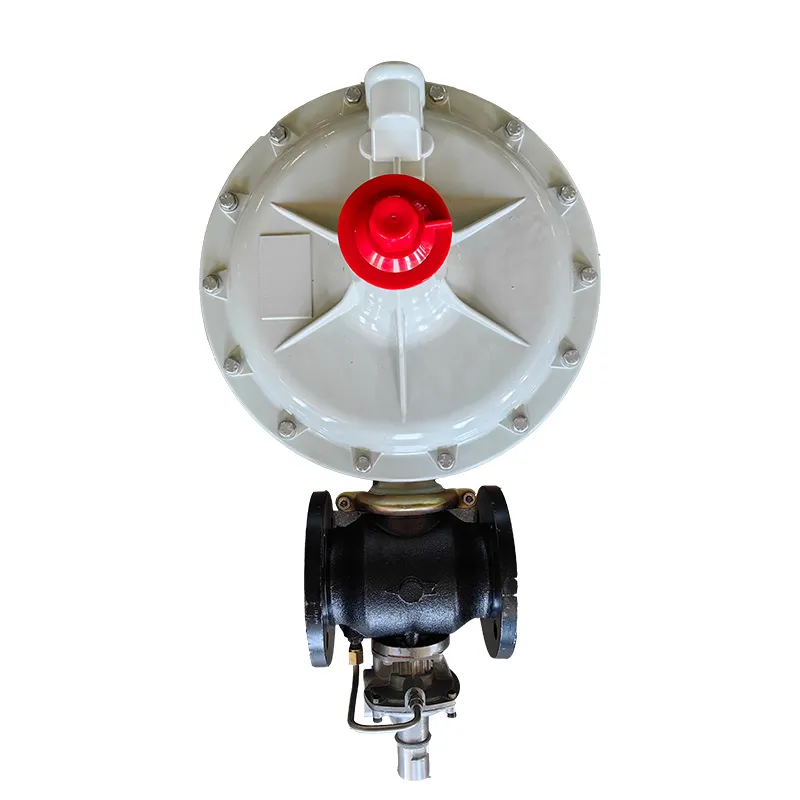
Dec . 22, 2024 07:14
Back to list
pressure vessel
Understanding Pressure Vessels Design, Applications, and Safety
Pressure vessels are an essential component in a wide array of industries, serving as containers designed to hold gases or liquids at a pressure substantially different from the ambient pressure. Their robust construction enables them to withstand high internal pressures, making them vital for various applications such as chemical processing, oil refining, power generation, and even food and beverage production. Understanding the design, safety regulations, and applications of pressure vessels is crucial for engineers, manufacturers, and end-users alike.
Design and Construction
The design of a pressure vessel is dictated by several factors, including the type of fluid it will contain, the operating conditions, and regulatory requirements. Typically crafted from materials such as steel, stainless steel, or composite materials, pressure vessels must be able to endure extreme pressures and temperatures without failing. The shape and size of a pressure vessel play an important role in its performance; cylindrical shapes are most common, as they can distribute stress uniformly across the structure.
The construction process involves several steps, beginning with material selection. Engineers must consider factors such as corrosion resistance, strength, and thermal conductivity. Once materials are selected, the manufacturing process can include methods like welding, forging, or casting to shape the vessel. The integrity of a pressure vessel is often enhanced through rigorous testing methods, including non-destructive testing (NDT) techniques, to identify any potential weaknesses before they are put into service.
Applications
Pressure vessels are widely used across various industries. In the chemical industry, they are essential for reactor vessels, distillation columns, and storage tanks that hold hazardous materials under pressure. In the oil and gas sector, pressure vessels are used for transporting and processing natural gas and crude oil, where maintaining high pressures is necessary for efficient operations.
In power generation, pressure vessels are fundamental components in boilers and steam generators. They help in the production of steam that drives turbines, generating electricity. Furthermore, pressure vessels play a critical role in the food and beverage industry, such as in carbonated drink production, where they maintain the pressure necessary to keep beverages fizzy.
pressure vessel

Safety Considerations
Due to their inherent risks, safety considerations surrounding pressure vessels are paramount. The potential for catastrophic failures—such as explosions or leaks—necessitates rigorous adherence to safety standards set by regulatory bodies like the American Society of Mechanical Engineers (ASME) and the Occupational Safety and Health Administration (OSHA).
Before a pressure vessel is put into operation, it must undergo thorough inspections and testing. These processes confirm that the vessel meets all design specifications and safety standards. Additionally, regular maintenance and routine inspections are essential for ensuring that the vessel remains in good working condition throughout its operational life.
Operators of pressure vessels must also be trained in safety protocols and emergency response procedures. This training can help mitigate risks associated with a sudden release of pressure, chemical spills, or other dangerous situations. Developing a safety culture within organizations that operate pressure vessels can be instrumental in preventing accidents and ensuring compliance with regulations.
Conclusion
In conclusion, pressure vessels are a vital component across multiple industries, requiring careful consideration during the design, construction, and operational phases. Their applications range from chemical processing to power generation, making them indispensable in modern industrial practices. However, the potential hazards associated with these vessels necessitate strict adherence to safety guidelines and regular maintenance to safeguard operators and the surrounding environment.
As technology advances, the materials and methods used in the construction of pressure vessels evolve as well, leading to innovations that enhance their safety and efficiency. For engineers and industry professionals, staying informed on the latest developments in pressure vessel technology and regulations will be crucial in maintaining high safety standards and operational excellence. Ultimately, a comprehensive understanding of pressure vessels can lead to better designs, improved safety measures, and a reduction in the risks they present.
Next:
Latest news
-
Safety Valve Spring-Loaded Design Overpressure ProtectionNewsJul.25,2025
-
Precision Voltage Regulator AC5 Accuracy Grade PerformanceNewsJul.25,2025
-
Natural Gas Pressure Regulating Skid Industrial Pipeline ApplicationsNewsJul.25,2025
-
Natural Gas Filter Stainless Steel Mesh Element DesignNewsJul.25,2025
-
Gas Pressure Regulator Valve Direct-Acting Spring-Loaded DesignNewsJul.25,2025
-
Decompression Equipment Multi-Stage Heat Exchange System DesignNewsJul.25,2025

